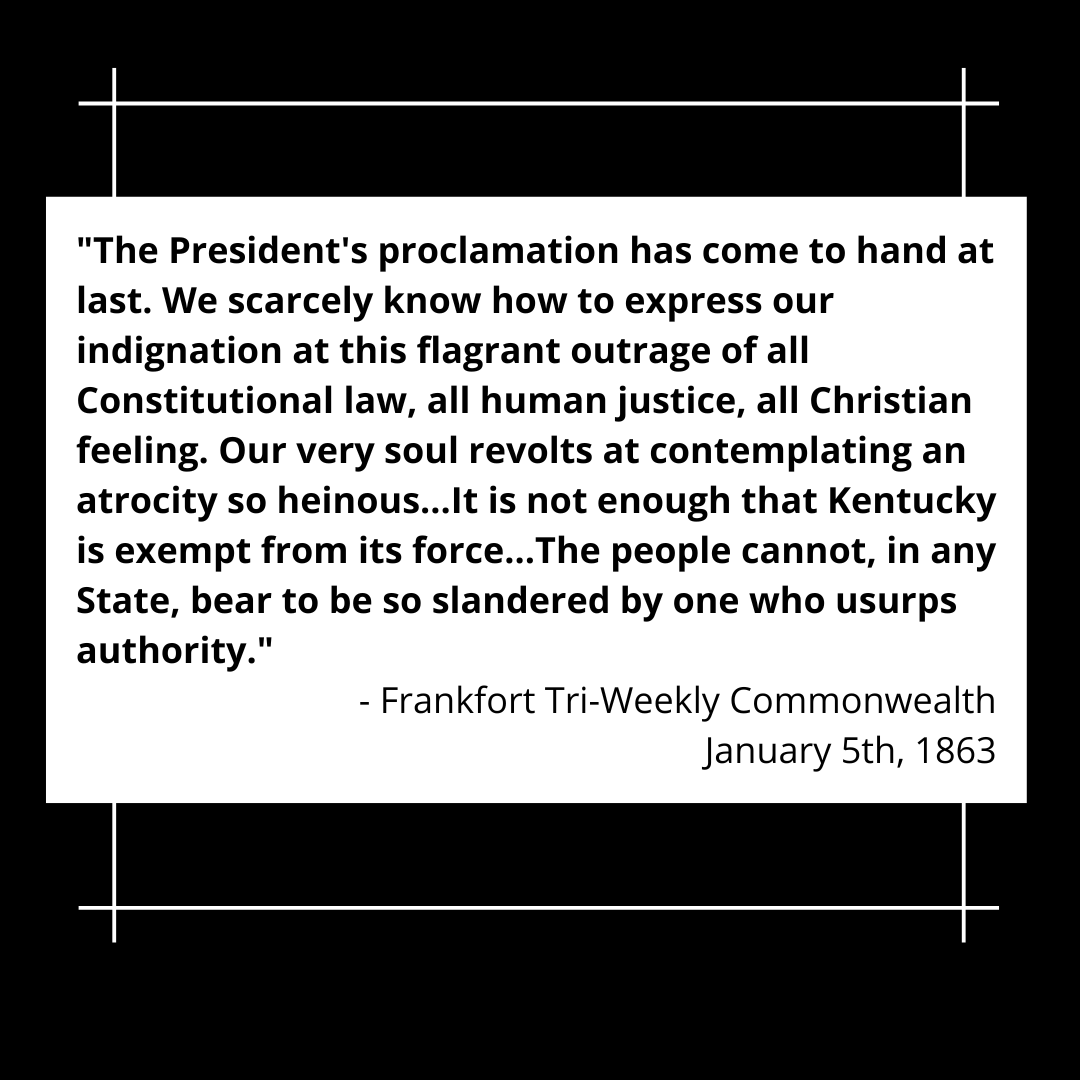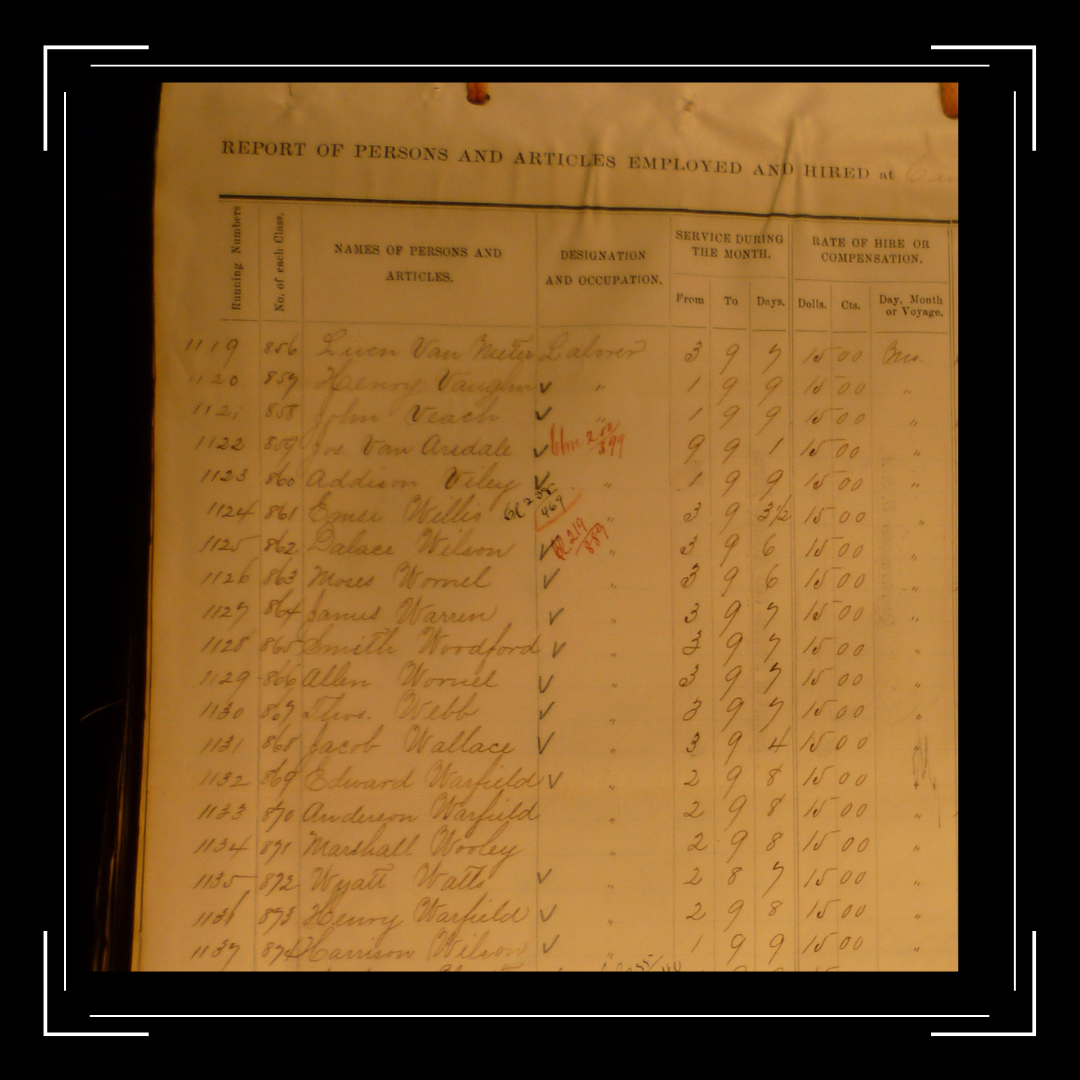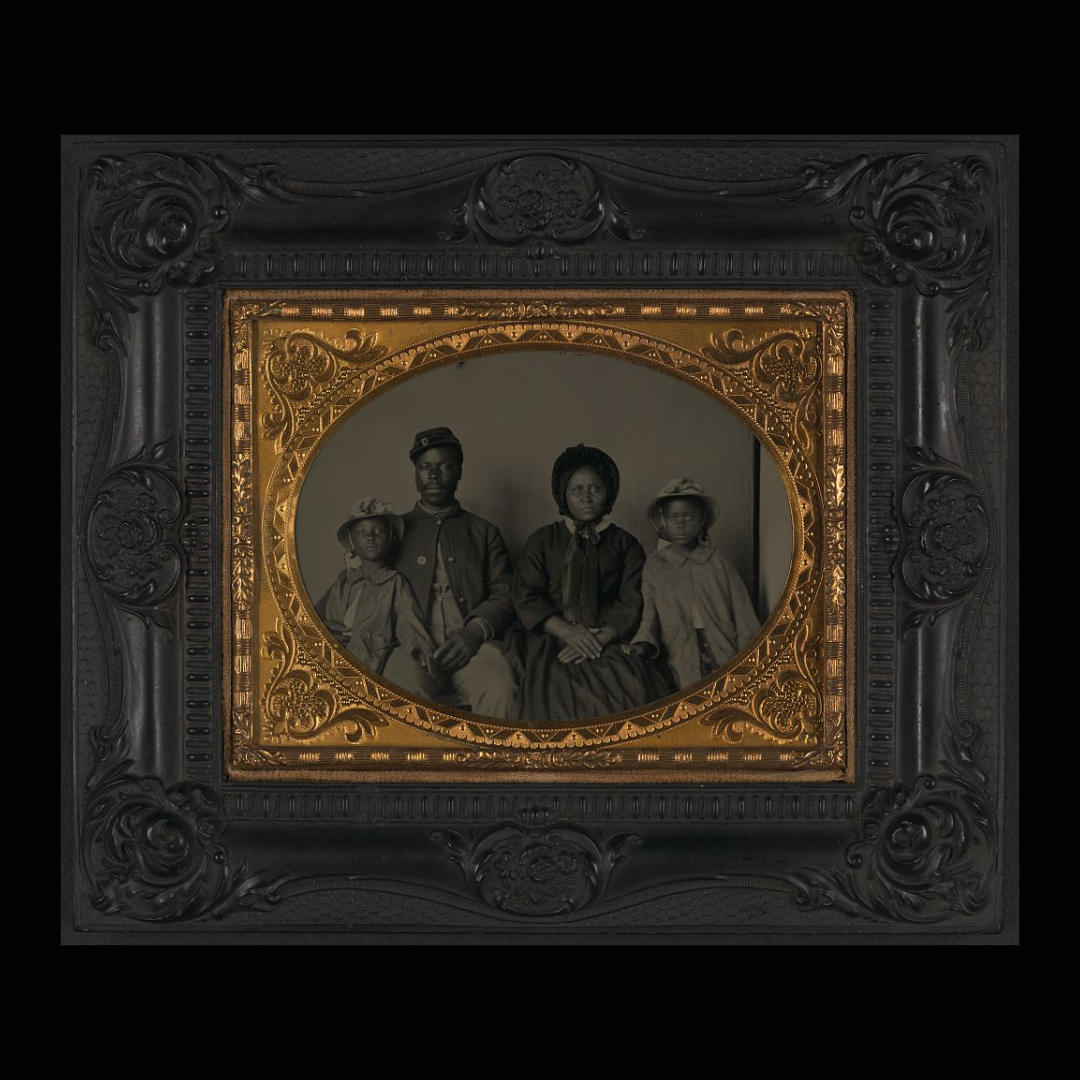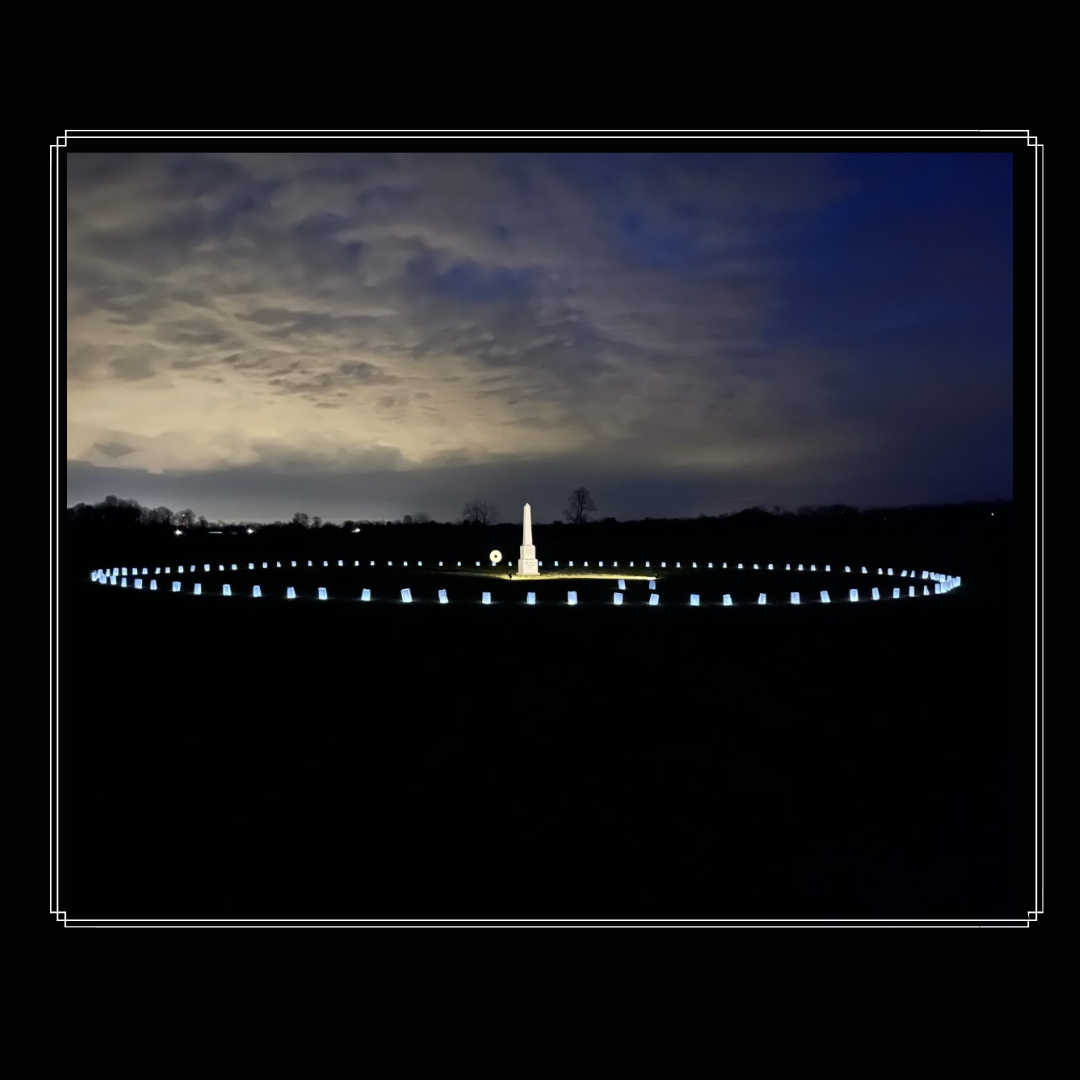Part of a series of articles titled #TakeoverTheNetwork.
Article
Camp Nelson National Monument #TakeovertheNetwork
Feed Post 1
Kentucky occupied a complicated place in the Union throughout the Civil War. While slavery remained legal in the state throughout the war, tens of thousands of African American men enlisted with the US Army at Camp Nelson.
To keep Kentucky in the Union and prevent the state from joining the Confederacy, President Abraham Lincoln and other military leaders were careful to leave the state practice of slavery alone. For instance, the 1863 Emancipation Proclamation did not apply in Kentucky. This policy denied emancipation to enslaved individuals and prevented the recruitment of African American men into the US Army in Kentucky.
In 1864, military policy changed to allow African American men from Kentucky to enlist with the United States Colored Troops (USCTs). Camp Nelson became the third largest USCT recruitment center in the country, but because slavery was still legal, most recruits had to escape from enslavers and avoid capture on their journey to the base. Despite the enormous obstacles and conflicting laws designed to protect slavery, over 10,000 African American men enlisted at Camp Nelson.

NPS Photo
Feed Post 2
When Camp Nelson was established in 1863, US Army engineers designed earthworks and fortifications to protect the base from attack. To accomplish this massive project, the US Army turned to the use of slavery in Kentucky.
In August 1863, the US Army authorized the impressment of thousands of enslaved laborers to work on military projects. Enslaved people were seized from throughout Kentucky, and set to work digging fortifications, constructing buildings, and improving military roads. 1,900 laborers, mostly men, were assigned to Camp Nelson, where they built earthwork fortifications.
At least 98 of these laborers are known to have returned to Camp Nelson during the summer of 1864 to enlist with the United States Colored Troops. Although Camp Nelson was built using enslaved labor, for some, it became a center for emancipation and some self-determination.

National Archives

NPS Photo
Feed Post 3
Many Kentucky enslavers tried to prevent African American men from escaping to join the US Army by punishing their wives, children or family members. To prevent this, families often escaped together and made their way to Camp Nelson.
When they arrived, men enlisted with the United States Colored Troops (USCTs), but women, children and the elderly faced an uncertain future. The commander of Camp Nelson, Brigadier General Speed S. Fry, did not want to shelter refugees. He routinely ordered patrols to round up refugees in camp and expel them.
In late November 1864, General Fry ordered another expulsion. The winter weather had been particularly cold and of the 400 women and children expelled from camp, 102 died as an immediate result. The expulsion drew national attention and outrage, and General Fry’s orders were rescinded.
In the aftermath, refugees were allowed to return to camp, and in March 1865, Congress passed legislation to emancipate the wives and children of USCT soldiers. These changes provided some security for many refugees at Camp Nelson, but only after the suffering and sacrifice of those who endured repeated expulsions at the hands of the US Army.

Library of Congress

NPS Photo
Reels
- Duration:
- 30.867 seconds
Learn more about Camp Nelson National Monument. Camp Nelson National Monument posted these reels as part of #TakeoverTheNetwork - a social media takeover by the National Underground Railroad Network to Freedom
- Duration:
- 34.067 seconds
Camp Nelson became the third largest USCT recruitment center in the country, but because slavery was still legal, most recruits had to escape from enslavers and avoid capture on their journey to the base. Despite the enormous obstacles and conflicting laws designed to protect slavery, over 10,000 African American men enlisted at Camp Nelson. Camp Nelson National Monument shared this reel as part of #TakeoverTheNetwork - a social media takeover by the Network to Freedom.
- Duration:
- 54.888 seconds
When they arrived, men enlisted with the United States Colored Troops (USCTs), but women, children and the elderly faced an uncertain future. The commander of Camp Nelson, Brigadier General Speed S. Fry, did not want to shelter refugees. He routinely ordered patrols to round up refugees in camp and expel them. Camp Nelson National Monument shared this reel as part of #TakeoverTheNetwork - a social media takeover by the Network to Freedom Program.
- Duration:
- 29.363 seconds
Camp Nelson National Monument shared this reel as part of #TakeoverTheNetwork - a social media takeover by the Network to Freedom Program.
Last updated: September 8, 2022
